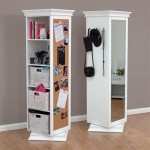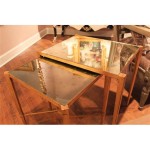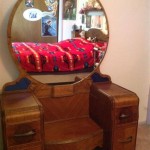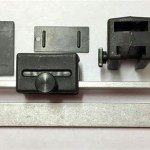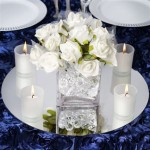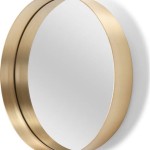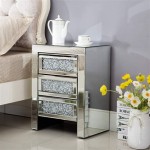Framing Material for Mirrors: A Guide to Choosing the Perfect Finish
Mirrors are essential elements in interior design, reflecting light and creating the illusion of space. They serve both practical and aesthetic purposes, adding depth, dimension, and visual interest to any room. However, the true beauty of a mirror often lies in its frame. Choosing the right frame material can elevate a mirror from ordinary to extraordinary, complementing the overall design theme and personal style of the space.
The world of mirror framing materials is diverse, offering an array of options ranging from traditional classics to contemporary and eclectic choices. Each material possesses unique characteristics that influence the frame's appearance, durability, and overall aesthetic impact. This guide explores some of the most popular framing materials, highlighting their strengths and weaknesses to help you make an informed decision.
Wood: A Classic Choice with Endless Possibilities
Wood is a timeless and versatile framing material, offering a wide range of styles, colors, and finishes. Its natural beauty and warmth complement various design aesthetics, from rustic and farmhouse to modern and minimalist. Here's a closer look at the advantages and disadvantages of wood framing:
- Advantages:
- Natural and aesthetically pleasing
- Variety of species, colors, and finishes
- Durable and long-lasting
- Can be stained or painted to match any décor
- Sustainable and environmentally friendly
- Disadvantages:
- Can be susceptible to moisture damage
- Requires regular maintenance to preserve its finish
- Can be relatively expensive depending on the wood species
Metal: Modern Elegance and Durability
Metal frames offer a contemporary and sophisticated look, adding a touch of industrial chic or minimalist elegance to any space. They are known for their durability and resistance to damage, making them a practical choice for high-traffic areas. Here are some of the most common metal framing options:
- Aluminum: Lightweight, corrosion-resistant, and available in various finishes, including brushed, polished, and powder-coated.
- Brass: Adds a touch of classic elegance and warmth, with a range of finishes from polished to antique.
- Iron: Provides a robust and industrial look, often used for rustic or farmhouse styles.
- Stainless steel: Modern and sleek, offering a clean and polished appearance.
Metal frames come in various shapes and sizes, from simple and streamlined to elaborate and intricate. They can be painted or left unpainted, offering a wide range of design possibilities.
Other Materials: Exploring Unique Possibilities
Beyond wood and metal, other materials offer interesting and unique options for mirror framing. Here are a few notable contenders:
- Plastic: Affordable and lightweight, available in various colors and styles, making it a practical option for contemporary settings.
- Resin: Offers a durable and versatile alternative to wood, with a variety of finishes and textures.
- Upholstery: Adds a touch of luxury and warmth, with a variety of fabrics and colors to choose from.
- Rattan or Wicker: Creates a natural and bohemian vibe, perfect for coastal or tropical settings.
The choice of framing material ultimately depends on personal preferences, design aesthetic, and budget. By considering the advantages and disadvantages of each material, you can find the perfect frame to enhance the beauty of your mirror and elevate the overall style of your space.

Mirror Frame Kits At Com

Mirror Frame Kits At Com

Mirror Frame Diy How To Update A Basic Bathroom Our Faux Farmhouse

How To Frame A Mirror Sand And Sisal

How To Make A Diy Bathroom Mirror Frame Thediyplan

Mirror Frame Kits At Com

How To Frame A Mirror

3 Ways To Frame A Mirror Wikihow

Diy Bathroom Mirror Frame For Under 10 O Hayley Blog

How To Create A Diy Mirror Frame For Your Bathroom

